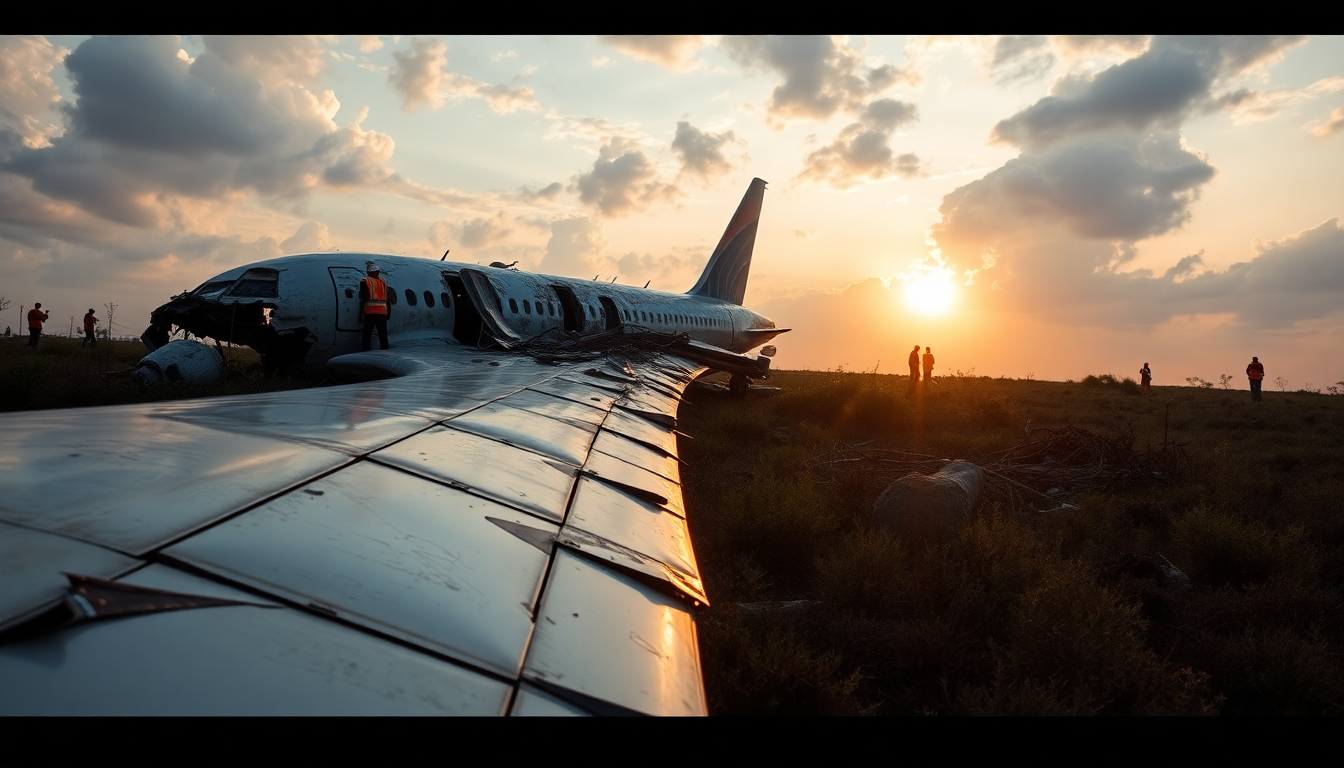Table of Contents
Imagine being the only one to walk away from a disaster that claimed 241 lives. Viswashkumar Ramesh, a British national, found himself in that nightmare scenario after the Boeing 787 he was on crashed just moments after takeoff from Ahmedabad, India.
While the details of such an event could drive anyone to madness, Ramesh’s experience is a chilling blend of survival instinct and sheer horror. What does it take to escape a fate that snatched away so many? If you think you have it tough, just wait.
Chaos in the skies
Ramesh was seated in 11A, blissfully unaware that the plane was about to become a death trap. His recollections of the moment the aircraft went down are nothing short of harrowing. He described how the plane seemed to pause mid-air, a moment of eerie stillness before it plummeted into a medical college hostel.
Can you even imagine the fear? It’s a gut-wrenching realization to think that every second counts when your life hangs in the balance.
A desperate escape
After regaining consciousness, Ramesh faced a grim reality. The air hostess, among others, had perished right before his eyes.
He recounted the chaos, the screams, and the panic that filled the cabin. As he frantically unbuckled himself and searched for a way out, he could see the devastation around him. The side of the plane he was on had landed safely, and with a shattered emergency exit, he took his chance.
“I did what anyone would do—I ran,” he said, as if that could encapsulate the horror of his escape.
Family ties in turmoil
Traveling with his brother, Ajay, Ramesh’s concern shifted to his sibling. Imagine the sheer agony of not knowing if the ones you love are alive or dead.
After his escape, he spent 10 to 15 minutes looking for Ajay, only to be whisked away by rescue services, leaving him in a state of anguish. His cousin, Hiren, recounted their frantic conversation post-crash, with Ramesh bleeding and panicked, still trying to reassure his family. “I’m fine, but where’s Ajay?” It’s a heart-wrenching image, isn’t it? The survivor grappling with guilt and fear, while the world outside grieves the loss of so many.
Government response and public outrage
In the aftermath, Indian Prime Minister Narendra Modi visited the crash site, perhaps to lend an air of authority over the chaos. But what can words do when lives are shattered? As rescue workers continued to sift through the wreckage, questions loomed large over aviation safety and government accountability. How many more lives must be lost before something changes? The public’s anger simmered as they demanded answers, pointing fingers at a system that seems to fail time and again. Why does this keep happening?
A survivor’s burden
As Ramesh lays in his hospital bed, the weight of being the only survivor is heavy. He’s haunted by the faces of those who didn’t make it, and the images replay in his mind like a twisted film reel. Survivors often carry a burden that’s invisible, a guilt that festers and grows. He may have escaped the wreckage, but what about the wreckage of his mind? How does one heal from such trauma? The world keeps turning, yet for him, time has stopped.
Lingering questions
What remains unanswered is the fate of Ajay. With every passing moment, hope dwindles. Ramesh’s story is not just one of survival; it’s a stark reminder of the fragility of life. In a world that seems obsessed with the next viral moment, can we pause to reflect on the lives lost and the stories left untold? As we scroll through our feeds, are we simply spectators to tragedy, or are we compelled to seek change?





